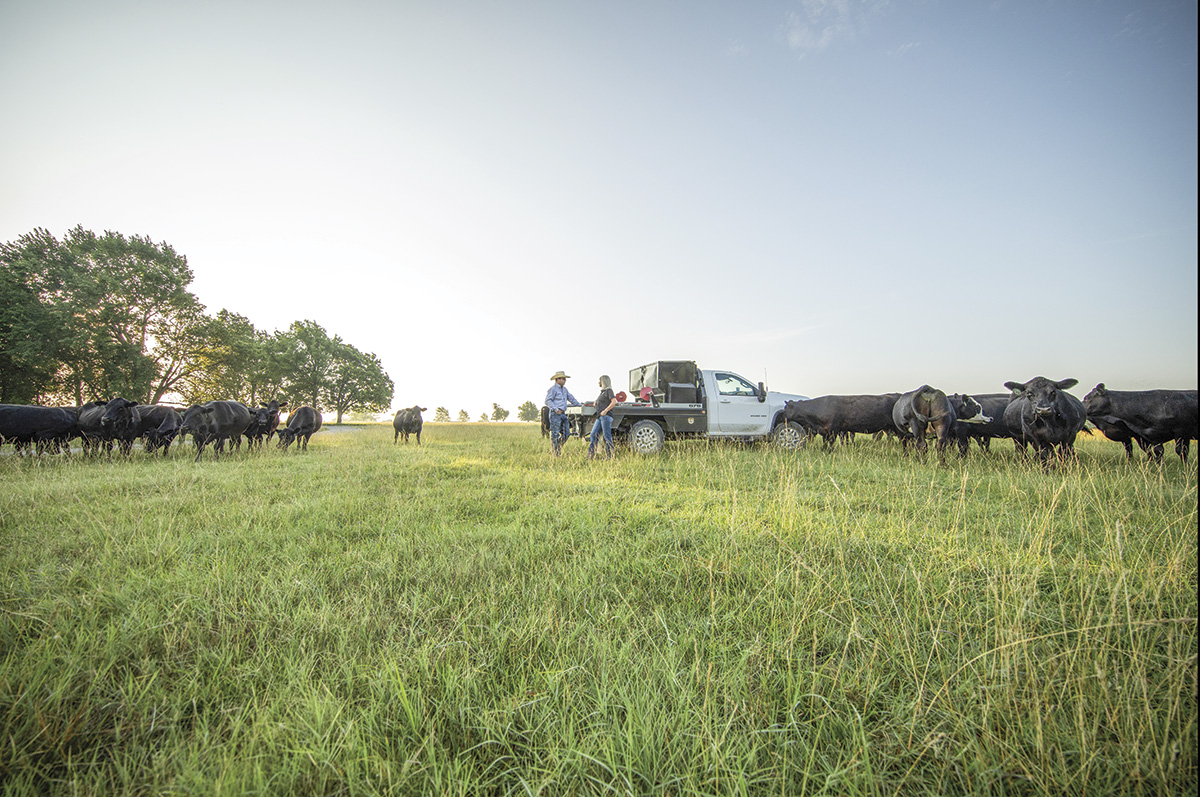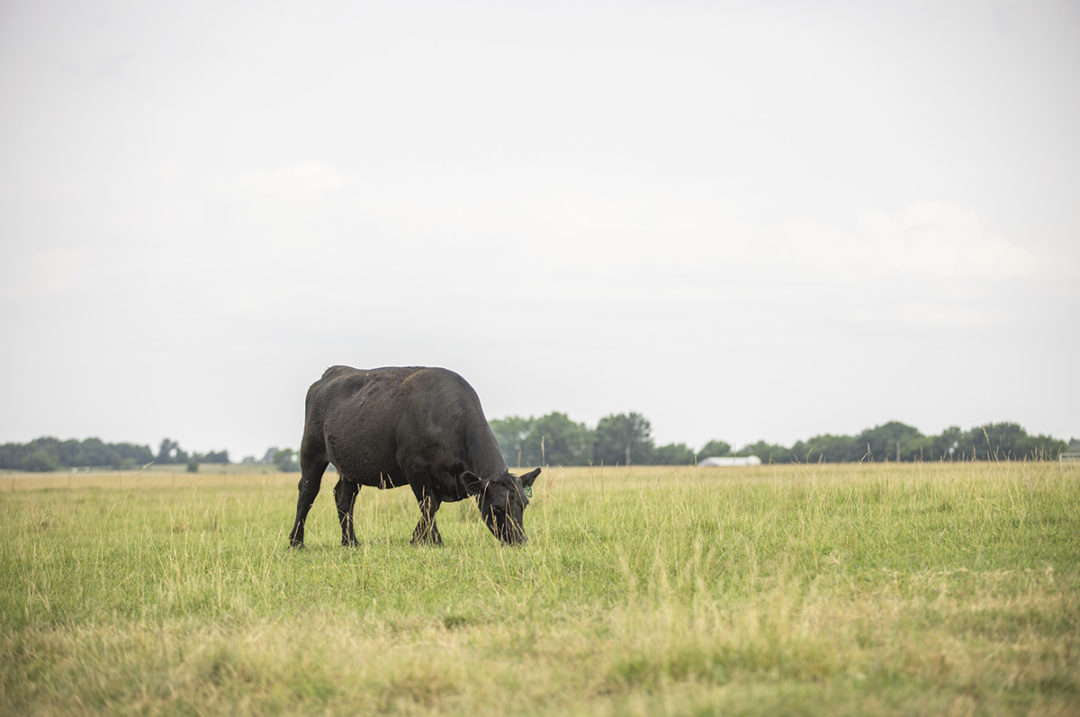Commonly used across cattle operations, salt blocks provide one crucial nutrient but are also responsible for nutrition myths and misconceptions that ultimately hold animals back. Cattle have a requirement and desire for salt, but many producers have been misled to believe that salt blocks, especially trace mineral salt blocks, provide adequate trace minerals. Additionally, most salt blocks do not contain all the trace minerals cows require for health and productivity. If you’re only relying on salt blocks as your herd’s main source of trace minerals, money is being left on the table.
Without essential trace minerals, cows fail to meet their full potential and underperform in many physiological areas. Poor reproductive performance is a common obstacle producers face within their herds and can include issues with estrus synchronization, lower conception rates and poor pregnancy retention. Cows exhibiting these reproductive issues often have more trouble raising their calves due to decreased colostrum quality and milk production.
Herd health can also take a downturn when there is an absence of essential trace minerals, decreasing a calf crop’s resilience amid immune challenges. Trace minerals play a key role in supporting the immune system, and a weak immune system leads to higher morbidity rates and lighter weaning rates. Skin and hoof integrity are often weaker when trace minerals are deficient, and cows are more likely to experience foot rot or other lameness issues.
Trace mineral salt blocks, though they contain trace minerals, are primarily made of salt and do not fulfill the requirements for essential trace minerals that each animal needs to reach its genetic potential. Having a complete trace mineral nutrition plan is the key to making sure your herd is better equipped to perform at its best through every season. These trace minerals are essential to your herd’s productivity:
- Zinc: Plays key roles in over 3,000 enzyme systems; aids in immunity, DNA replication and epithelial tissue integrity
- Manganese: Critical for fetal bone development and ensuring calf growth and health
- Copper: Acts as part of the antioxidant system to protect against cellular damage, is needed for proper estrous cycles and is required for connective tissue development
- Cobalt: Promotes fiber digestion and is key to proper energy metabolism
- Selenium: Crucial for antioxidant function, promoting immunity and clearing infections

Producers should plan to upgrade their trace mineral program on an annual basis. Photo courtesy of Zinpro.
It’s true that forages contain minerals, but don’t automatically assume your herd’s needs are being met. Your pasture’s mineral makeup changes based on forage type, plant age and growing conditions. This variability often means that one or multiple trace minerals are lacking. To make sure your cows are consuming the correct amounts of trace minerals:
- Test forage and feeds for macromineral content (such as calcium and phosphorus) and to identify antagonist issues (like molybdenum).
- Test water sources to identify concerns (such as high iron or sulfur).
- Incorporate amino acid complexed trace minerals into your herd’s nutrition program to fill nutrition gaps and overcome antagonist concerns.
- If you’re currently supplementing trace minerals, analyze the tag to ensure it includes ingredients like zinc amino acid complex and cobalt glucoheptonate to ensure you are providing the highest-quality mineral available.
Supplementing with a full trace mineral program helps you account for the variability that exists among forages and different feeds. Additionally, it boosts herd profitability by supporting key markers of cow performance. Cows receiving the correct amount of amino acid complexed trace minerals have 20% higher conception rates, reduced early gestation loss and a 16-day tighter calving interval. These cows are also better equipped to support the calf once it hits the ground, produce higher-quality colostrum with 28% more IgG and wean calves that are 28 pounds heavier on average. Trace minerals also help maintain a healthier herd by supporting the immune system and building a strong skin barrier that can decrease foot rot by 30% and provide a 20% reduction in morbidity.
To gain these benefits, annually evaluating your trace mineral strategy should be incorporated into your herd management process. Sound trace mineral inclusion is a practical way to support herd performance and eliminate guesswork when it comes to solving challenges. Trace minerals are essential for the cow to function, and including them is a flexible process. Trace minerals are available in a variety of options and can be fed as loose minerals or in TMRs, blocks or lick tubs, liquids or pellets – all depending on your operation’s setup and management. Maintain peace of mind that your herd is positioned for optimal performance by feeding proven minerals year-round.









